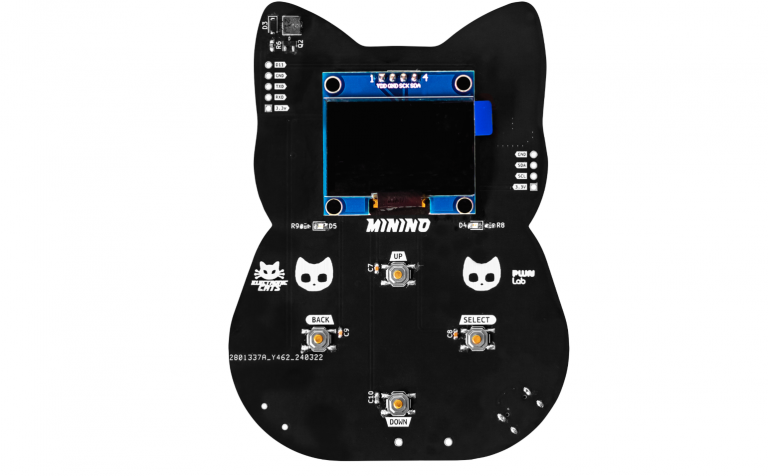
Last year, Samsung unveiled its next-generation mobile processor, the Exynos 2200, fabricated using Samsung’s 4nm EUV process. Most notably, it featured the Samsung Xclipse graphics processing unit based on AMD’s RDNA 2 architecture. While the Exynos 2200 might not be deemed a resounding success, Samsung is evidently committed to harnessing AMD’s graphical technology for its mobile platforms.

Twitter user @Tech_Reve suggests that Samsung plans to introduce AMD’s graphics technology to its mid-tier smartphones next year, such as the Galaxy A35 and Galaxy A55. These devices will purportedly house the new Exynos 1480 and Exynos 1430, incorporating the RDNA architecture. Intriguingly, Samsung’s focus leans more towards Image Signal Processing (ISP) than gaming. Additionally, these upcoming SoCs are unlikely to support ray tracing capabilities, so enthusiasts should temper their gaming performance expectations.
Regardless, if the Exynos 1480 and Exynos 1430 are fortified with AMD’s graphical prowess, it’s undoubtedly a commendable advancement. With AMD’s aid, one can anticipate enhanced photographic and videographic captures. The next iteration of Samsung’s Galaxy A series is yet to make its debut, but if it offers superior imaging outcomes without an escalation in price, consumers will surely express greater satisfaction.
According to statistics released by market research entities, both Apple and Samsung dominated the global smartphone landscape in 2023. Each brand has five models ranking within the top ten. Of Samsung’s quintet, barring the Galaxy S23 Ultra, all hail from the Galaxy A series, underscoring Samsung’s substantial shipment volume for this product line.






